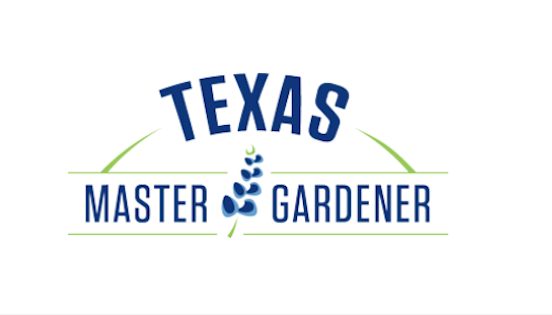By David Wall, Mount Pleasant Master Gardener
Nearly every gardener keeps an eye out for way to improve the number and quality of vegetables they grow every year. The goal mostly centers on having a better garden this year than last! They recognize that better gardens and healthy plants don’t just happen to occur because you have good soil. They search for applications which will improve the soil quality and nutrients which, in turn, will improve the resulting plants. Yes, one can buy commercial fertilizer, but these products feed the plants directly instead of enriching the soil and letting it feed the plants. Also, if you haven’t noticed lately, commercial synthetic fertilizer prices have gone up and will continue to rise in the future and ingredients become scare. So, let’s take a look at some ways to improve the soil without commercial fertilizer.
Wood ash is good, particularly in heavily acidic soils. Make sure you know your garden soil’s pH. No, you don’t want 6” of wood ash in your garden. A solid covering tilled into the soil before planting or (better yet) a solid covering laid in the fall and allowed to leach in over winter can go a long way toward neutralizing your soil pH.
Chopped up banana peels tilled in weeks before planting will provide needed potash and phosphorus to the soil and subsequently strengthen your plants. Burying peels at the time of planting will delay the availability of these nutrients, because banana peels do not rot/dissolve overnight. The same is true for calcium-rich egg shells. Smash the shells into small pieces and spread in the garden BEFORE planting your vegetable plants. As with banana peels, the egg shells need time to decay.
Compost tea involves taking some compost, adding some unsulfured molasses, and covering all with water. Now add a small fish tank aerator to blow air into the mixture for 4-5 days. The result is a liquid containing billions and billions of live microorganisms. Poured on to the soil around vegetable plants puts these (we’ll call them “good”) microorganisms onto your plant roots (and leaves if you drench the plant). The applied microorganisms tend to either consume any bad microorganisms that cause disease, or else make them move away. The mixture also improves the soil’s ability to retain water. How much to make depends on garden size. One way to start is with a 5-gallon bucket (1/3 with compost & filled to 90% full with water. Pour the results onto vegetable plants or soil with ladle, hand sprayer or pump sprayer.
A relatively unknown way to improve soil is by using club soda, AKA carbonated water! This beverage just happens to contain carbon, oxygen, hydrogen, sodium, sulfur, potassium and phosphorus, all of which can be utilized by your vegetable plants. Studies have shown that watering with club soda for a little as 10 days can result in plants outgrowing plants watered with just water! Caution, let the club soda go flat before using!
As an aside, pour one can of coke a week on your compost pile. The sugars feed microorganisms and the added acidity makes the compost decay faster!
Do you have a fresh water aquarium? When it’s time to change the water, pour the old water in your ornamental (NOT vegetable) plants. The waste and bacteria in the water will help your ornamentals.
Used coffee grounds contain calcium, nitrogen, phosphorus, and potassium. The grounds are highly acidic and should be used primarily for acid-loving plants like roses, azaleas and conifers. Spread a light coating around the base of the vegetable plant. The grounds can also be added to the compost pile. Used tea leaves can be used the same way! Obviously, remove the leaves from the bag first before sprinkling around the pants!!!
If you do not use a mulching lawn more, then spread a THIN layer around your vegetable plants. They’ll help retain moisture and inhibit weed growth.
Make your own el-cheapo plant fertilizer. You only need small amounts which last for months. We’ll start with Epsom salt, which has magnesium for healthy green foliage, and sulfur, which helps absorb soil nutrients. Baking soda contains nitrogen, which helps plants to bloom. Finally, well add household ammonia containing no other ingredients. It’s easy to make a one-gallon mixture. Place 1.5 tablespoons of Epsom salt, 1.5 teaspoons of baking soda, and fractionally less than ½ teaspoon of household ammonia in the gallon container and fill with tap water. Put the lid on and shake to mix. Use once a month during the growing season with 2-3 cups per plant.








